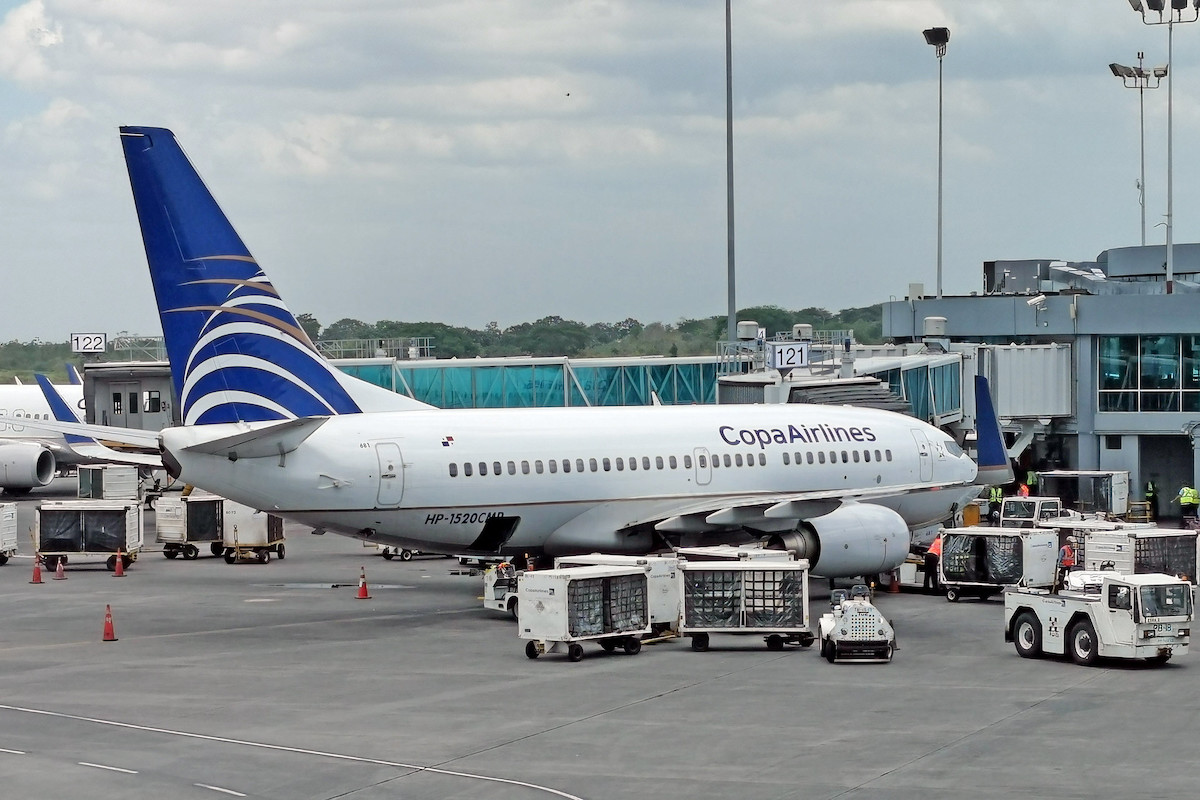It’s getting a little repetitive to talk about what a great quarter Copa Airlines just had. But truth be told, Copa Airlines just had another great quarter, even by its own lofty standards.
From July to September, not even especially peak for Panama, Copa’s operating margin reached 24%. And you thought the 18% figure it posted a year ago was good. In the same quarter of 2019, for the record, Copa’s operating margin was 19%. Versus last year, unit revenues declined 4% but on 12% more capacity. Unit costs, meanwhile, dropped 11% thanks largely to cheaper fuel. Copa paid just $3 per gallon for its fuel last quarter compared to $3.81 a year earlier.
During an earnings call with analysts, Copa’s management led by longtime CEO Pedro Heilbron said demand conditions were “robust.” This was true for the third quarter. It’s true for the current quarter. And it’s true for bookings coming in as late as next quarter. The strong U.S. economy is one reason. Also supporting demand are strengthening currencies throughout Latin America. The Mexican peso-to-U.S. dollar rate, for example, averaged close to 17 in the third quarter, compared to more than 20 a year ago.
Even excluding fuel, Copa’s third-quarter unit costs declined year-on-year, by about 2%. To achieve cost efficiencies, the airline is introducing new Boeing 737-9s, ending the quarter with a total of 103 planes total, 26 of them -9s. In addition, it’s now selling 70% of its tickets through direct distribution channels.
Since the end of last quarter, Copa added Barquisimeto to its network. That’s in Venezuela, an important market because of Panama’s large expatriate Venezuelan population. The country also lacks any major airline competitors, which leaves Copa as its de facto national airline. Prior to Barquisimeto, newly-introduced Copa markets included Austin and Baltimore-Washington in the U.S., and Manta in Ecuador.
In Colombia, Copa operates a low-cost airline called Wingo, which benefitted from the demise of rivals like Viva Air. During the third quarter, Wingo launched three new routes, one of them linking the capitals of Colombia and Venezuela (Bogota-Caracas). The others were Panama City-David, a domestic route within Panama, and Cali-Aruba, a seasonal route targeting tourists. Another Colombian domestic route linking Medellin with Cartagena launched last month. But overall, Wingo does not plan to grow its fleet beyond the nine 737-800s it currently operates.
Back at Copa’s mainline operation from Panama City, business demand still lags where it was pre-pandemic, representing about 25% of total traffic, compared to more like 30% earlier. Nevertheless, business class seats are selling better now, thanks to a big increase in leisure travelers willing to pay extra for comfort. Regarding Panama’s economy, Heilbron said growth was largely unaffected by the drought now disrupting ocean traffic through the Panama Canal. In any case, Copa’s business depends largely on connecting traffic that uses Panama City as a mere transfer point.
Having just amassed extraordinary third-quarter profits, management now expects the Copa’s operating margin for the year to be 23%. In 2022, the figure was 15%.

